Series Building on Young Children's Mathematical Thinking : Line Up & Count
Math.K.CC.B.5
Common core State Standards
- Math: Math
- K: Kindergarten
- CC: Counting & Cardinality
- B: Count to tell the number of objects
-
5:
Count to answer \"how many?\" questions about as many as 20 things arranged in a line, a rectangular array, or a circle, or as many as 10 things in a scattered configuration; given a number from 1-20, count out that many objects.
Save to My Resources
PLEASE CREATE A NEW ACCOUNT OR LOG IN TO ACCESS THIS CONTENT
Enjoy your first video for free. Subscribe for unlimited access.
Have questions about subscribing?
Click Here to learn more about individual subscriptions.
Click Here to learn more about School and Institution access.
Discussion and Supporting Materials
Thought starters
- How is this strategy like an exit slip?
- Why does Ms. Gaxiola have students clap?
- How could you adjust this strategy for use in your classroom?
In Partnership With:

Teachers
Natali Gaxiola
Newest
|
4 MIN
|
5 MIN
|
5 MIN
UNCUT CLASSROOMS
| TCHERS' VOICE
English Language Arts
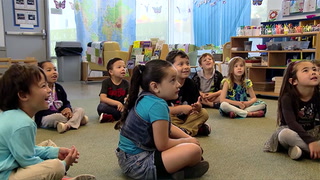

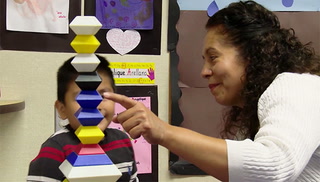
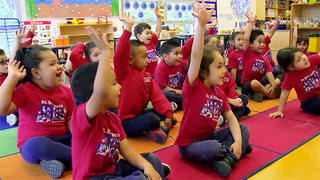

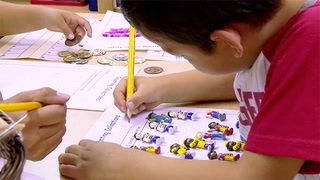
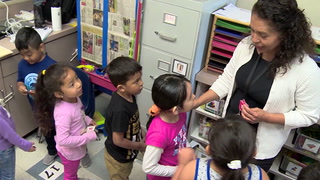
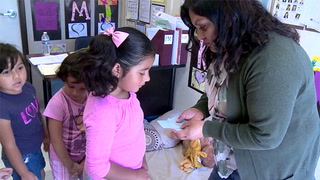
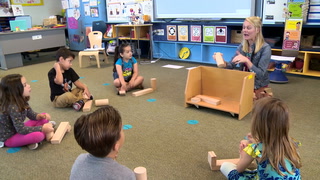


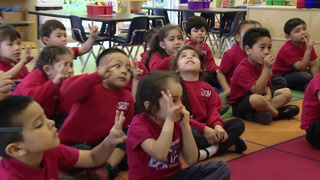









10 Comments
Paula Pleasant Aug 17, 2020 1:44pm
Paula Pleasant
Great idea!! Could also be used to order numbers. Kids pull a card and line up in correct number order.
Avery Baird May 16, 2020 1:41pm
I love how this teacher takes the initiative to make sure all the time spent with her is time spent learning, even during the time of transition. The students love the surprise of the number they are going to find and this helps keep them engaged and gives them something to look forward to. I also think changing the task each time is a great idea so that the students don't get used to that task and get bored with it. Building on different skills like she said is important for the future as well as keeping their minds going.
Miranda Garcia Feb 11, 2020 10:27pm
This stratagy is similar to an exit slip as it allows the teacher to quickly assess the students understnding of materials. Ms. Gaxiola has her students clap in order to test 1:1 number corespondence. I could adjust the stratagy in my classroom to be used during 1:1 table time as labeling and listener responding goals as well as 1:1 number correspondence goals which allign to ABLLS-R goals.
Miranda Garcia Feb 11, 2020 10:15pm
x
Samantha Del Toro Feb 11, 2020 9:50am
This is a fantasic idea. I am a special education teacher, but I do inclusion in Kinder classrooms. This could be very helpful for those troublesom transition times.